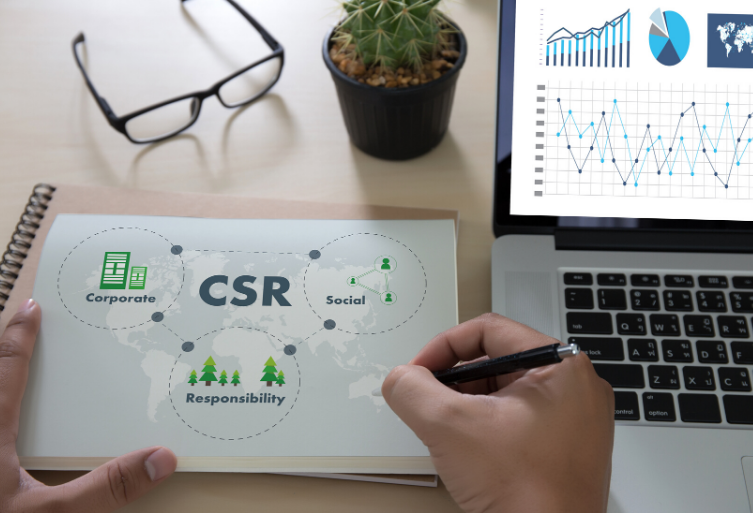Sustainability in product acquisition has become an important issue for the fashion industry, especially after the publication of a CSR report for companies with more than 500 employees in 2017. Medium-sized companies seeking to create such a report, not out of obligation or for cosmetic reasons, will have it much easier by using an ERP-based system.
Who is supposed to publish a CSR (Corporate Social Responsibility) report? This applies to companies with
- more than 500 employees,
- sales revenue of more than 40 million euros on average in one fiscal year,
- and a balance sheet total of more than 20 million euros.
Since preparing a CSR report can be very complex process, it is often done only once a year. By doing that, companies are missing the opportunity for permanent sustainability monitoring from which operational or strategic decisions could then be derived.
The Challenge
Most companies have the necessary data for a CSR report at hand. Without an integrated ERP solution, however, these data must first be gathered from different sources. This process usually takes a lot of time, is prone to errors, and cannot be automated.
And one last thing. For a CSR report it is not enough to list a lot of raw data. These data must be put and interpreted within a context . That’s the only way to gain insight from a current CSR report about possible future action scenarios.
The ERP System Solution
Companies working with an integrated ERP solution have already consolidated their products, customers, and suppliers pools into a common software solution. It doesn’t require a lot of effort to add any relevant CSR key figures to these data. The data are available in real time and a tool like Microsoft PowerBI, for instance, can be used to analyze it graphically. Thus, the entire CSR report could be created in PowerBI at the push of a button or even published on the Internet or sent regularly by e-mail.
